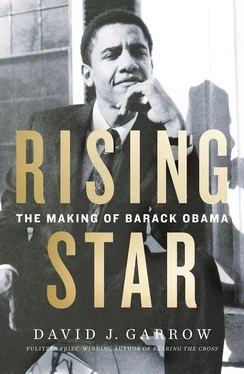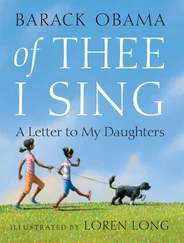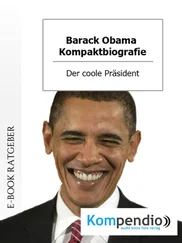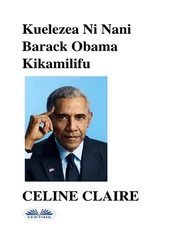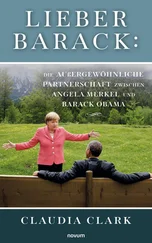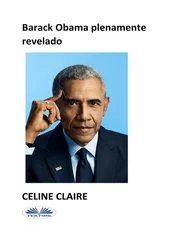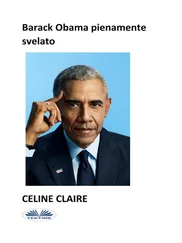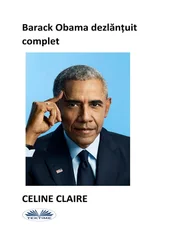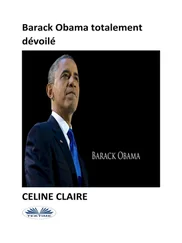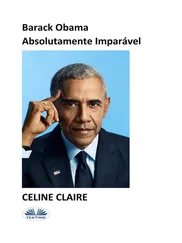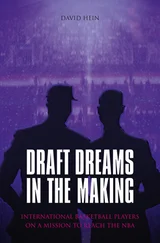Barry would later say that “for me, as a young boy,” Jakarta was “a magical place.” Revisiting the city more than forty years later, he recounted how “we had a mango tree out front” and “my Indonesian friends and I used to run in the fields with water buffalo and goats” while “flying kites” and “catching dragonflies.” But during the long rainy season, Jakarta was no wonderland: Barry, like others, would have to wear plastic bags over his footwear, and on one mud-sliding jaunt, he badly cut his forearm on barbed wire, a wound that required twenty stitches and left him with what he later called “an ugly scar.”
In January 1968, Ann enrolled Barry, using the surname Soetoro, in a newly built Roman Catholic school three blocks from their home—“she didn’t have the money to send me to the fancy international school where all the American kids went,” Barry later recounted. That allowed Ann to take a paid job as assistant to the director of a U.S. embassy–sponsored program offering English language classes to interested Indonesians. Barry’s school, St. Francis Assisi, as its name would be rendered in English, was avowedly Catholic: “you would start every day with a prayer,” Barry later explained, but classes met for only two and a half hours on weekday mornings. His first-grade teacher there, Israella Darmawan, decades later told credulous reporters, “He wrote an essay titled, ‘I Want to Become President’ ” during that spring of 1968, prior to his seventh birthday. She also told journalists that Barry struggled greatly to learn Indonesian; in contrast, Obama later boasted that “it had taken me less than six months to learn Indonesia’s language, its customs, and its legends.”
Barry’s second-grade teacher, Cecilia Sugini, spoke no English, but Barry received more exposure to the Indonesian language during family visits to Lolo’s relatives in Yogyakarta, in central Java. Yet even his third-grade teacher, Fermina Katarina Sinaga, later stated that eight-year-old Barry was not fluent in Indonesian. And she would also tell wide-eyed reporters that Barry, during the fall of 1969, declared in a paper, written in Indonesian, that “Someday I want to be President.” One journalist, embracing Sinaga’s direct quotation forty years later, would insist that Sinaga’s “memory is precise and there is no reason not to trust it.”
By the end of 1969, Lolo, thanks to his nephew “Sonny” Trisulo, switched to a much better job with Union Oil Company of California. Soon thereafter, he, Barry, and newly pregnant Ann moved to a far nicer home at 22 Taman Amir Hamzah Street in the better neighborhood of Matraman. Around the same time, Ann left the English teaching post, which she had come to loathe, for more rewarding work, primarily in the evenings, at a nonprofit management training school headed by a Dutch Jesuit priest.
Moving houses also meant that Barry would attend the Besuki elementary school, which traced its roots back thirty years to Indonesia’s Dutch colonial government. Classes met for five hours each weekday, double what St. Francis Assisi offered. Ann’s new work schedule gave her time to intensify her efforts to homeschool Barry in English using workbooks from the U.S. At Besuki, his all-Indonesian classmates found Barry—or “Berry,” as they pronounced it—unique not only because of his darker complexion and chubby build but also because he was the only left-hander.
Before the spring of 1970 was out, and with a second child on the way, Ann hired an openly gay twenty-four-year-old, sometimes-cross-dressing man—Turdi by day, Evie by night—to be both cook and nanny. Neighbors thought little of it. “She was a nice person and always patient and caring in keeping young Barry,” one later recalled. Turdi often accompanied Barry to and from school. Later, Turdi, at age sixty-six, told the Associated Press: “I never let him see me wearing women’s clothes. But he did see me trying on his mother’s lipstick sometimes. That used to really crack him up.” 19
Sometime apparently also during that spring, Barry saw something that, in his later tellings, had a vastly more powerful impact upon his young mind. A quarter century passed between the moment and Obama’s first telling of it, but in his 1995 version, the memory was of paging through a pile of Life magazines in an American library in Jakarta and finding an article with photographs of a man of color who had paid for chemical treatments in a horribly unsuccessful attempt to make himself appear white. In Obama’s 1995 account, “thousands of people like him, black men and women back in America,” had “undergone the same treatment in response to advertisements that promised happiness as a white person.” To him, “seeing that article was violent for me, an ambush attack,” leaving his image of his own skin color “permanently altered.”
In a conversation soon after writing that, Obama recounted how “after reading that story, I knew there had to be something wrong with being black.” Earlier, while “growing up in Hawaii, all of the kids were kind of brown,” so “I didn’t stand out” and “I was too busy running around being a kid” to appreciate racial differences. At his two Jakarta schools, he experienced some normal teasing by other children, but to no obvious or remembered ill effect. “He was a plump kid with big ears and very outgoing and friendly,” one of Ann’s closest Jakarta friends later recalled.
Nine years later, Obama described the memory again. “I became aware of the cesspool of stereotypes when I was eight or nine. I saw a story in Life magazine about people who were using skin bleach to make themselves white. I was really disturbed by that. Why would somebody want to do that?” A few weeks later, Obama again recounted seeing a Life magazine picture of “a black guy who had bleached his skin with these skin-lightening products.” That was “the first time I remember thinking about race” and worrying that having darker skin was “not a good thing.”
In 2007, a reporter told Obama that no issue of Life magazine ever contained such an article or such photographs; this was confirmed by Life. “It might have been an Ebony or it might have been … who knows what it was?” a flustered Obama responded. But then Ebony too examined its archive of past issues and found no such story. Indeed, the other two major picture magazines of that era, Look and the Saturday Evening Post, published no such story either. Yet Obama understandably stood by his recollection: “I remember the story was very specific about a person who had gone through it and regretted it.”
But Ebony had published a somewhat similar story, in its December 1968 issue, titled “I Wish I Were Black—Again.” It was a profile of Juana Burke, a young African American art teacher who at age sixteen had begun to suffer from vitiligo, a disease which turned portions of her dark brown skin white as it killed off pigmentation cells. The article included photographs of her forearm and legs. Dermatologists’ efforts to counteract the spread of the affliction through skin chemicals and even prolonged sunbathing failed completely, and Ms. Burke reluctantly accepted her pale new appearance.
The four-page Ebony spread stressed that she “retains her old sense of black pride and identifies with her people,” and she continued to teach at a predominantly black school. However, becoming white had left her “very pessimistic about the future of race relations in this country.” A black boyfriend had ditched her, and she was dismayed to repeatedly experience a “more courteous attitude” from white strangers than she had when she had been visibly black.
Had eight-year-old Barry actually seen that issue of Ebony? Who knows. But many teenagers growing up in the 1960s heard about a journalist named John Howard Griffin, a white Texan who, in the late 1950s, had undergone chemical treatments so he could pass as black and write about the experience—the obverse of Ms. Burke’s deflating color change. Griffin’s resulting book, Black Like Me, first published in 1961, was a nationwide best seller and was made into a major motion picture.
Читать дальше
